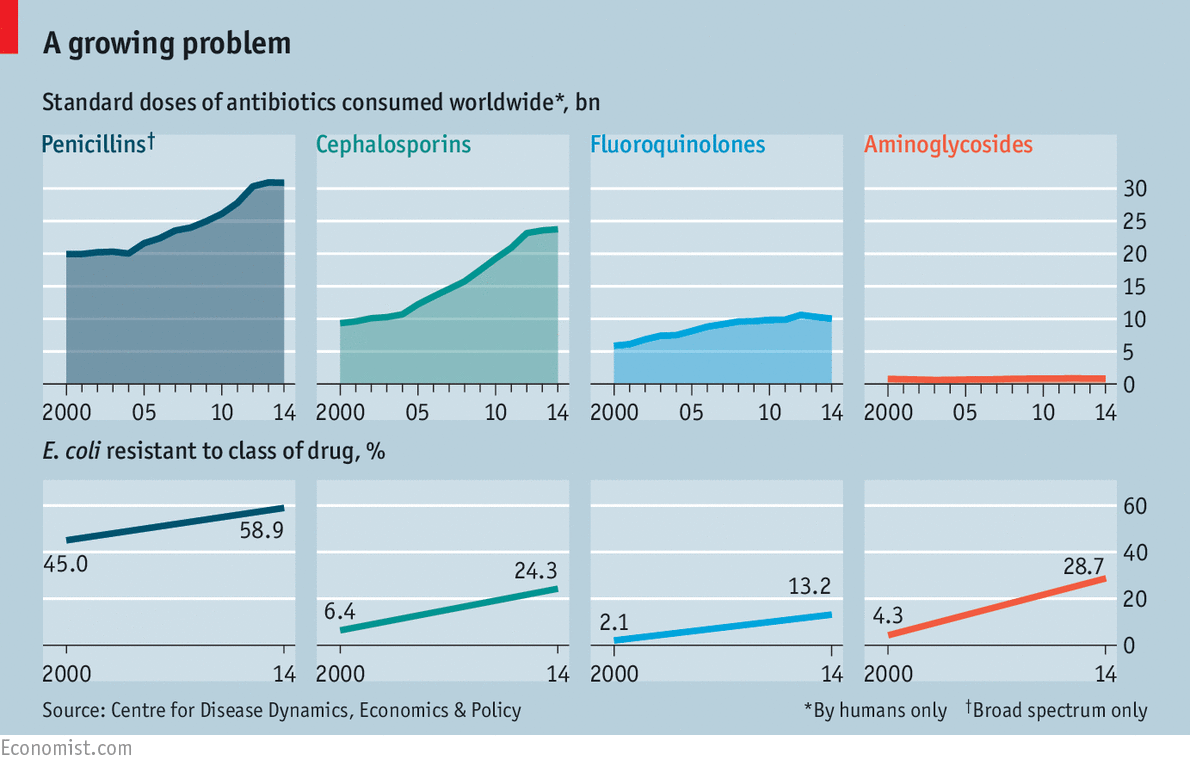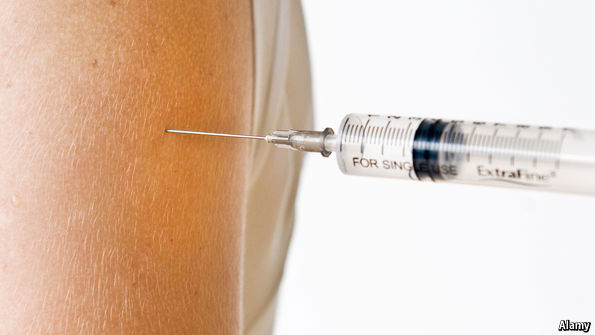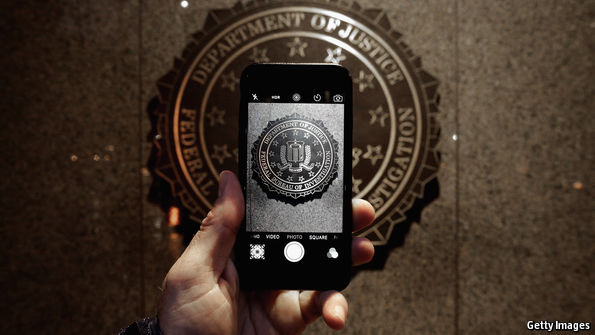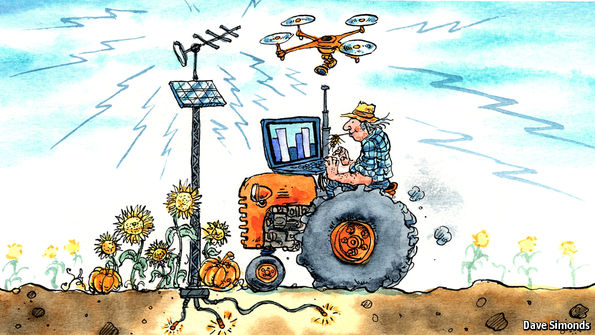The world is not enough

“I’D LIKE to die on Mars. Just not on impact.” Elon Musk has never been shy about his reasons for founding SpaceX, a rocketry firm that has become the flag-carrier for a buccaneering “New Space” industry. Although two recent rocket explosions have dented its halo, its launch prices are among the lowest in the world. It has pioneered the technology of returning expended rocket stages to Earth for later reuse, landing them back on special pads or on ocean-going barges, which should cut costs still further. As a result, it has a thick book of orders from private firms and the American government to fly satellites into orbit and cargo—and, eventually, astronauts—to the International Space Station.
But building better rockets has never been the real point. Mr Musk, who grew up on a diet of science fiction and video games, sees the various companies he has founded as ways to help solve some of the world’s biggest problems. Tesla, an electric-car maker, and Solar City, a solar-power firm, were set up to encourage a switch to cleaner forms of energy. SpaceX’s goal is loftier. Mr Musk has repeatedly said that he believes that human beings must learn how to live on…Continue reading
Source: Economist











